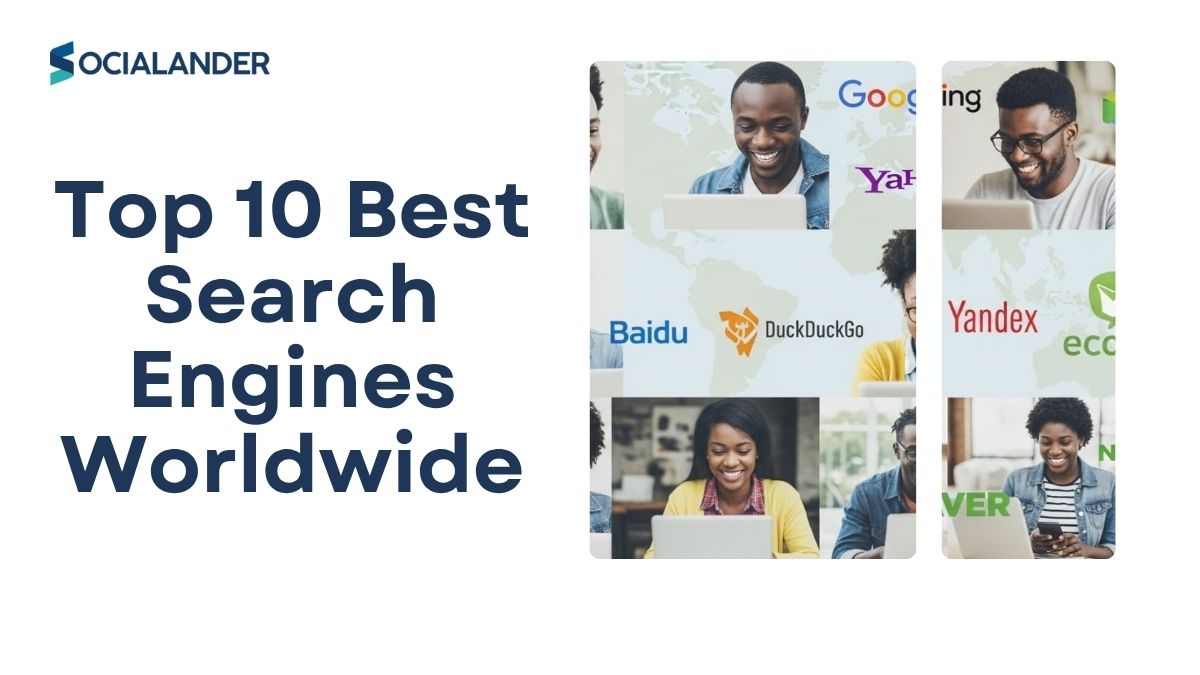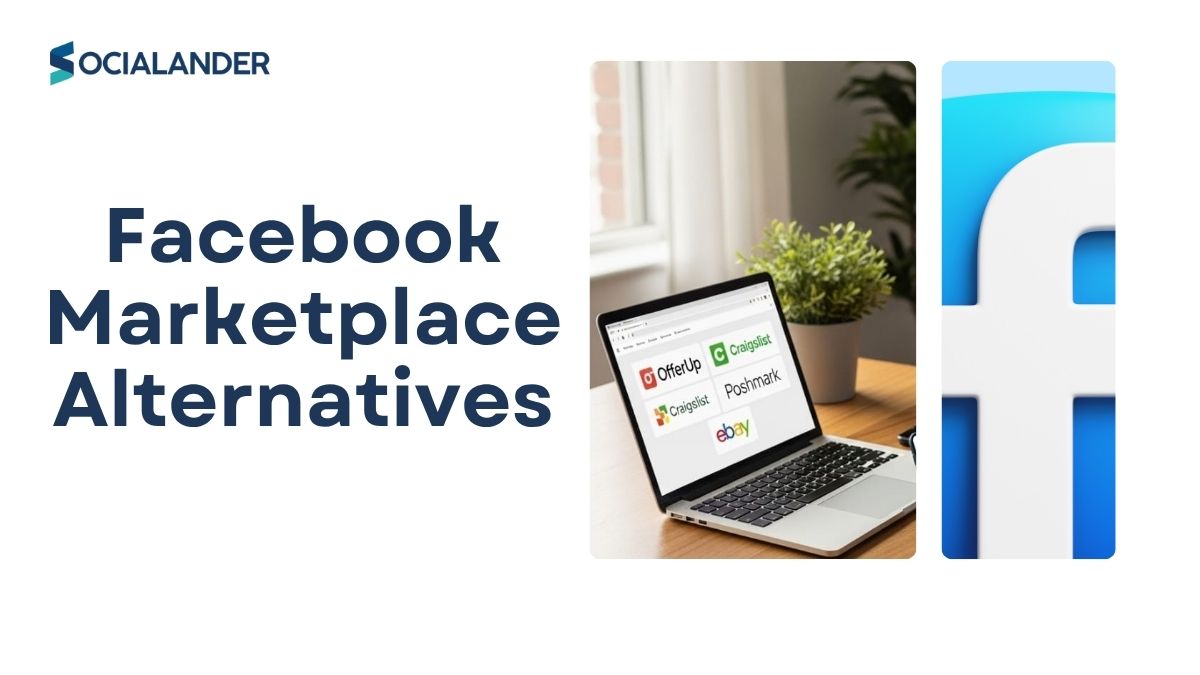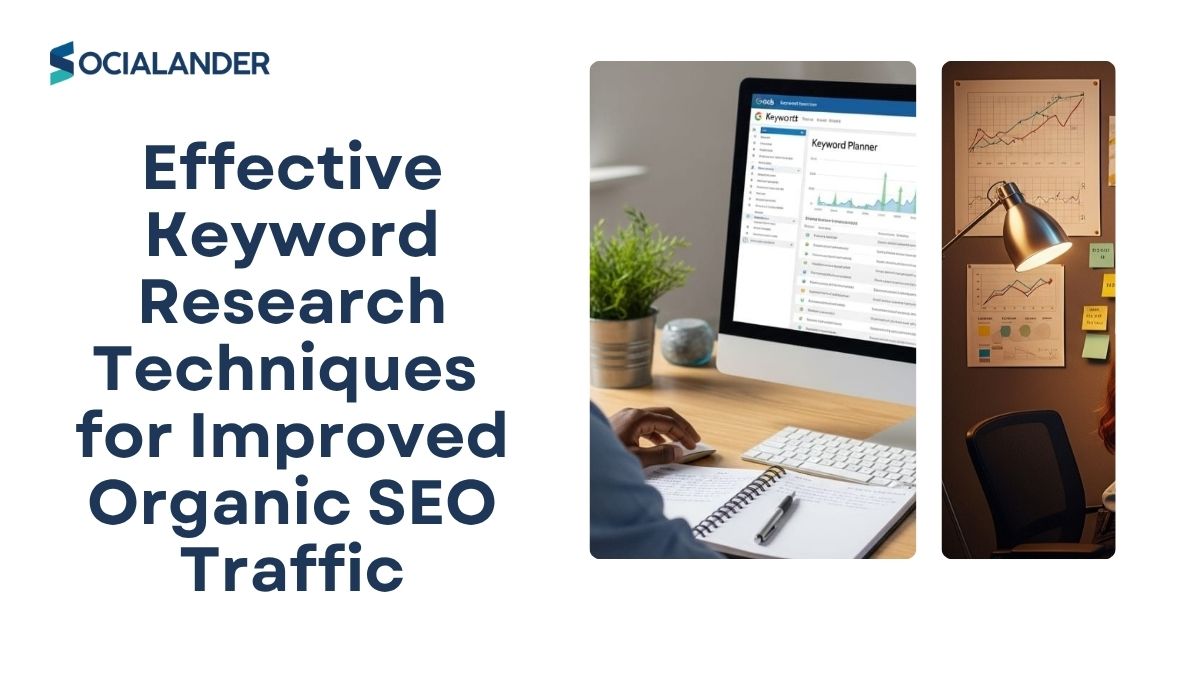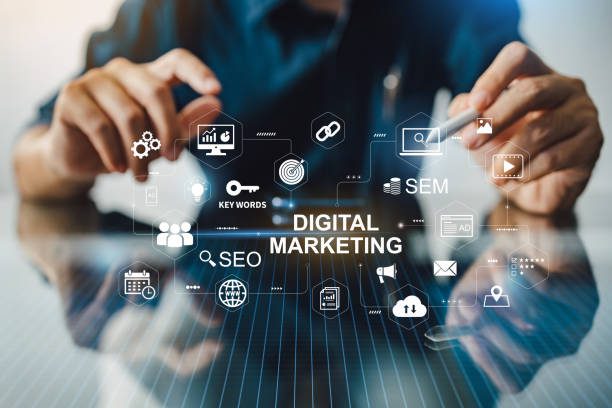Online advertising offers more promise than any other form of advertising. The average small business using Google advertising spends between $9,000 and $10,000 per month on their online advertising campaigns. That’s $100,000 to $120,000 per year, according to research from wordstream.
With many ads scattered all over the internet, there are only a few that send chills down the spines of the viewers. And a lot of marketers have agreed that digital display advertising perfectly fits the picture frame compared to many others.
A lot of suggestions support display advertising, making it continually grow in popularity and acceptance by many businesses, professionals, and organizations. But in what unique ways does digital display advertising work? This post will reveal what makes this advertising format outstanding.
What is Digital Display Advertising?
Display advertising is advertising that uses graphical visual ads on websites or social media to make people take action or build awareness about a brand. Using display advertising, you’re usually charged by the cost-per-click model.
Hence, many people encounter display ads when they check their mail, watch a video online, play a game, or are doing any fun stuff online. Although the opening rate will depend on the advert and brand, it’s a perception loved by the market.
What are the Challenges of Display Advertising?
Some challenges around digital display make it difficult for many people to use. They include:
Ad blockers: In recent years, you’ve probably noticed the rise of ad blockers, such as the Chrome extension or any of the other browser extensions that prohibit adverts from being displayed. Even if you’re trying to display your advertising, the person’s browser has a protective mechanism in place that prevents them from being seen by your audience. A big problem is coming up with innovative ways to engage with the audience or get over ad blockers.
Ineffective creative: Ineffective creative, like any other ad format, means that your message won’t get over as effectively as you’d like, which can lead to poor outcomes.
Poor audience targeting: If you don’t know who you’re trying to reach, your message won’t be as well-received or comprehended as if you target the right people.
Lack of cut-through: Lack of cut-through is a persistent issue in all ad formats.
Banner blindness: When there’s so much out there, so many ads out there, it’s difficult to cut through the clutter and get your ad noticed by the appropriate audience, at the right moment. This is what we call banner blindness.
Benefits of Display Advertising?
Display advertising has found its way into the core of the marketing funnel of many advertisers. And there are many beneficial reasons for the adoption of this advertising style. The benefits include:
Stronger brand awareness: The greatest benefit of display is its tremendous impact on brand awareness. The truth about brand awareness and product awareness is that consumers won’t push hurriedly for a product until they know about your products, so ensuring they know about you is important for greater success.
Propel product consideration: The decision process for the customer is usually confusing, as your competitors have great products that could solve the same problem. And once you’re sure you’ve gotten them in the position wherein they move your product to the top in their consideration table, then you can start pushing a bit forward, and probably introduce a level of search to just convert them onto the revenue generation piece.
Make product intent: Every correct marketing seeks to bring awareness to the customer first, and then drive consideration because when there is such a strong need to create that purchase intent, it has to begin at a strategic location, and ultimately this is what our display marketing does.
Increase reach: A lot of searchers know about your product and they actively seek it. They represent a smaller part of the overall market, whereas what display does is looped out to a range of different audiences, and ultimately boosts your reach.
Re-engage with customers: A lot of leads and customers easily get distracted because of the large number of advert placements scattered all over the web. Hence, after you have completed your first round of advertisements, you can go on to re-target the same people that you targeted the first time for the sake of those who decided to procrastinate their purchase decision.
Multiple types of ad formats available: Another beautiful aspect of display advertising is its ability to be truly attractive for the viewer. They’re visual, can move, take on different shapes, and allow you to enter certain details. In social display or video, you can send in audio and moving pictures while you can comment, like, or share as well. This way, you boost your engagement rates.
Cost-effective: Compared to traditional ad formats, TV, radio, print, or any of the other outbound traditional formats, digital display is highly cost-effective in the sense that you don’t need to make TV ads or print big billboards, and if you need to change something, it’s relatively cheap and inexpensive to do. You need not go to printers and allow them to put up again or anything like that, so you can see the efficiencies being driven by digital display.
7 Unique Ways To Use Digital Display Advertising
Digital display advertising continues to increase in adoption and acceptance among marketers, advertisements experts, and the public at large. This rich form of advertising can be structured and optimized to play out in the following ways, such as:
Rich Media
Rich media is a form of display advertising that uses images and videos with the involvement of some user interaction. It usually carries a load of 40K or more. Unlike other forms that follow a one-way channel, this type of advertising ensures that the audience always gets involved in the ad process.
In this type of ad, this ad can float, move down, and you can grow aggregated metrics from your audience behaviour, multiple exits, number of expansions and video completions.
Video
Video ads run across different sections of the web. Platforms like Facebook, Instagram, and Tiktok use a lot of videos in creating their content with YouTube topping them all.
Unlike commercials which are subjected to several seconds and minutes depending on the slot you chose, you can do video ads for as long as you want. Hence, you can decide to combine different forms of storytelling to ensure you get the right message out there for your audience.
Google Lightbox
A brand’s story is one of its strongest funnels. Using Lightbox Ads, users can get to experience a brand’s story in a full-screen creative way. This ad can contain a lot of high definition content such as YouTube videos, games or more.
Whenever a user makes an engagement with the banner ad, it expands, taking a dominant position in front of the page while everything within the page goes dim. By doing this, brands get proper exposure as there is a greater focus on the banner ad instead of the complete webpage.
Native
Many times, you venture into platforms that implode ads in your face that look poorly constructed. These ads pop up the same on every device and screen and this isn’t user-friendly.
By using native advertising, all adverts strongly adjust themselves to their webpage, staying put with the function and format of the platform. Research supporting that native ad generate a greater upliftment than normal ads in both brand searches and website view-through rate.
Gmail
Gmail is one of the most secure communication techniques and marketing channels used by many professionals. This platform uses a technique called the Gmail Sponsored Promotion. Gmail sponsored promotions are standalone formats that pop up in the Gmail account of the regular user under the promotions tab just like any message.
All the ads on a GSP can have products, an image creative, or a line of code that holds a lot of multiple links or contact information forms capable of aiding direct engagement.
Text
All display ads work with distinct lines of text which is similar to the format run by paid search ads display in the search engine result pages of any website. When using text ads, you can modify your tone ensuring you stay true to the forms of communication that your audience can relate with, and can also boost their buying decision.
Image
Images draw the attention of the audience to a particular message. By using quality images, you easily entice your audience to come to take a deeper look at some of the services and products you’re offering through a quality combination of text and graphic imagery.
There are a lot of platforms that have thousands of image ads splattered all over them. While some of these images are static, the rest can have a level of movement involved with them.
Conclusion
After reading this blog post, you would see a reason you need to add display advertising to your complete marketing plan, ensuring you use the right formats that will draw and boost social media engagement rate while converting all your leads to paying customers.
However, before you go all-around setting up your ads, ensure they’re native in their reactions so they work across multiple devices without any problems at all. This is what makes your process an astounding one.





